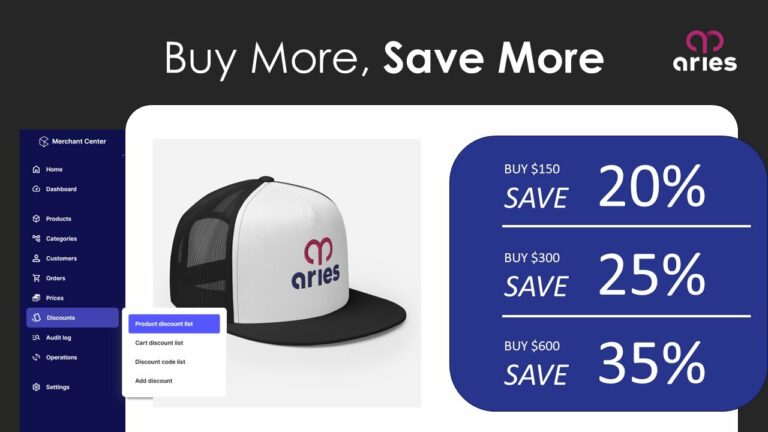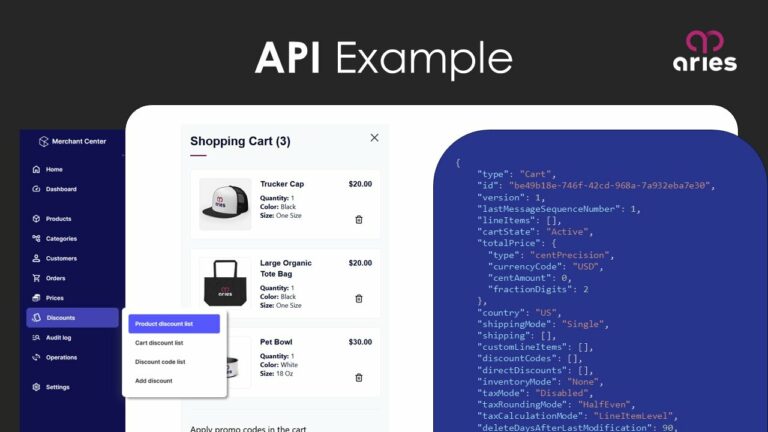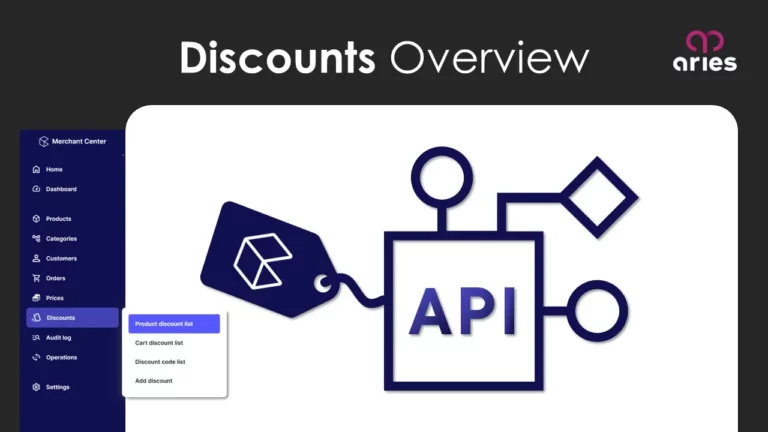Setting up a Buy One Get One 50% Off Promotion in commercetools

A buy one, get one 50% off promotion is a simple and popular cart promotion to set up. Our example applies this promotion to only specific items with a custom attribute. Let's walk through the steps so you can start to get the hang of it!








